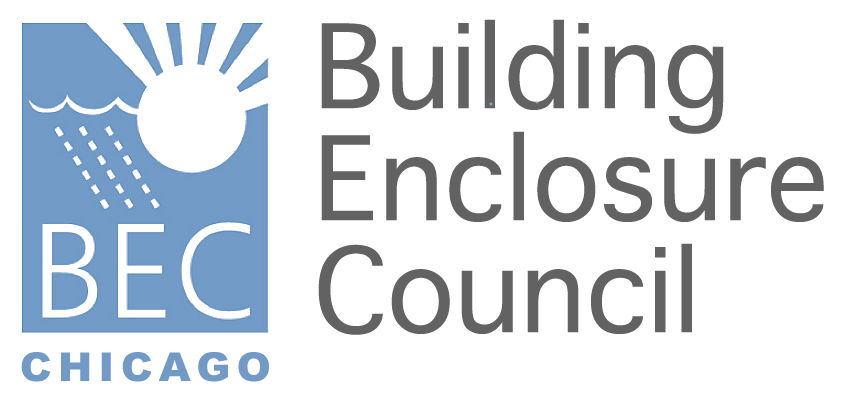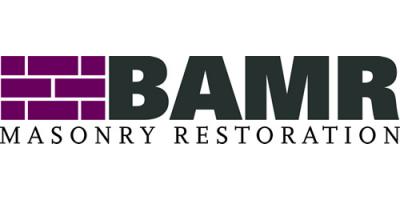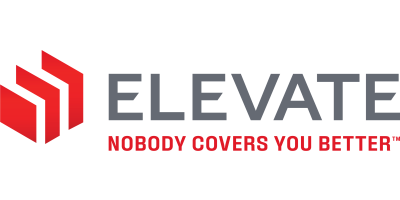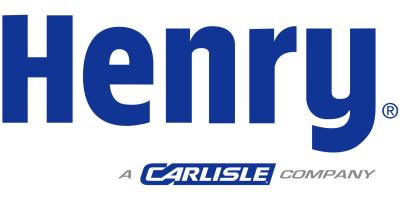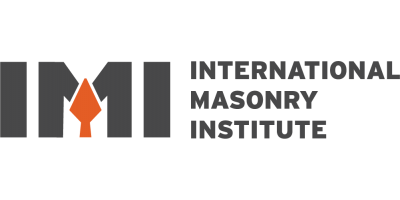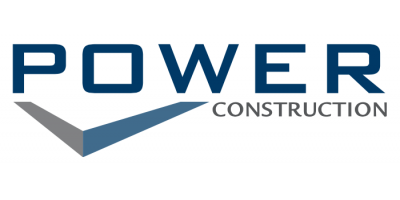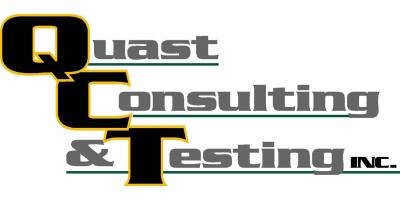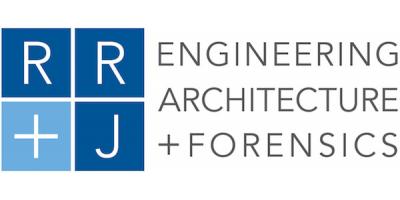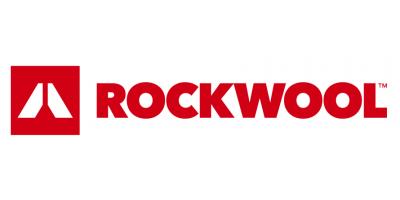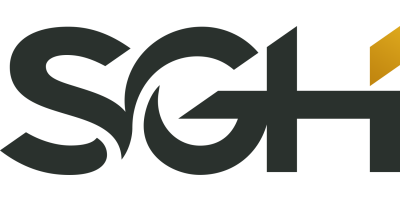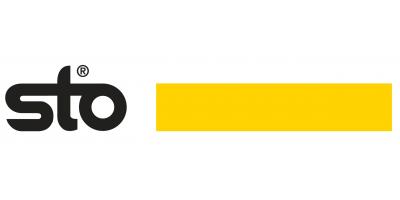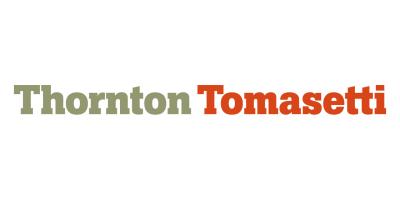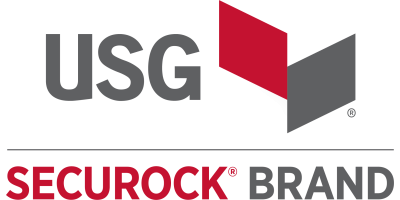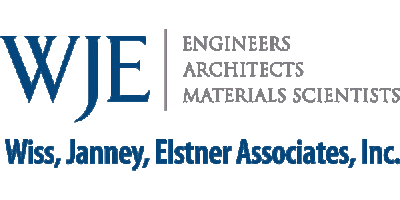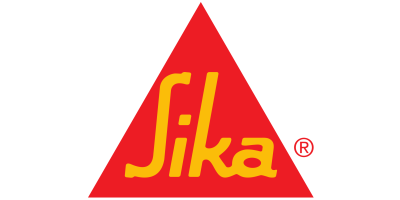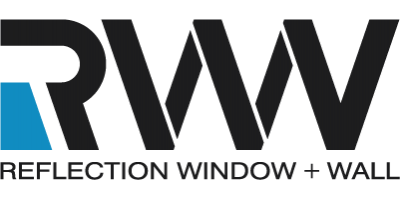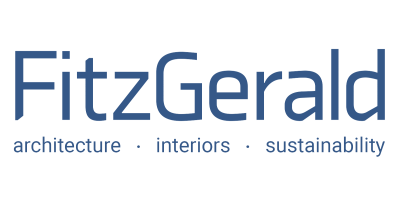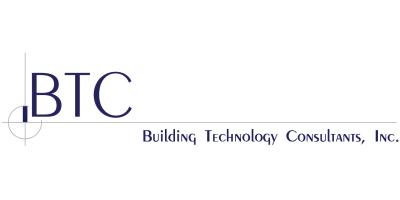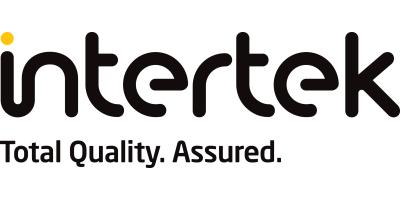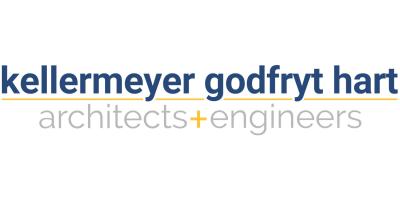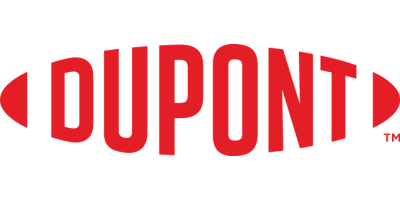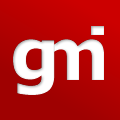| Location | 11 East Madison, Suite 300, Chicago, IL (Gensler) |
AIA CREDIT: Yes
ABSTRACT:
This presentation will focus on the many ways to design and install a shelf angle. The design of the shelf angle should be integrated with the air barrier continuity in the early stages of the building design. The team must collaborate with the structural engineer and design a system that will work with the exterior sheathing, CMU, or other substrates, and the air barrier installation. Detailing the shelf angle with an understanding of the installation as a whole, making sure that the air barrier system has continuity, constructability, and good detailing practices will facilitate a successful installation.
LEARNING OBJECTIVES:
- Understand what is needed for proper detailing for an air barrier installation and shelf angle design.
- Review several different types of shelf angle designs and what the pitfalls are with each shelf angle type.
- Identify and understand how the shelf angles could be installed to accommodate the air barrier detailing and prevent constructability issues before construction.
- Learn how to review the shelf angle in preconstruction to make the installation of the air barrier constructible and continuous on the elevation.
PRESENTER BIO:
Mr. Corey Zussman is a licensed Architect, practicing for over 25 years, specializing in building envelope, forensic building review, plazas, restoration, preservation, life safety, waterproofing, roofing & interior finishes. Practicing Architecture for over 15 years before he became the Director of Architectural and Construction at a large urban hospital in Chicago, developing their life safety and compliance program. Mr. Zussman started working for Berglund Construction, a medium sized building, restoration, and preservation contractor as Director of Quality for four years, developing and implementing the Quality program for the company, and later becoming the Vice President of Support Services for two years, working on over 600 new, restoration, preservation, and building envelope failure design and construction projects over six years. Currently, Mr. Zussman is working for Pepper Construction Company enhancing their Quality Program for the past five years, working on 50-75 projects a year, including site visits, verifying installation, comprehensive skin meetings, and company education.
As director of quality management for both Berglund Construction and Pepper Construction, Mr. Zussman has seen both successes and failures in air, vapor, and moisture barriers, attributable to design, materials, and application. For large projects involving multiple trades with a curtain wall, for example, he schedules a preliminary meeting to coordinate all the trades, then a preconstruction kick-off meeting, and finally a “first-work-in-place” meeting to inspect and critique the initial work effort and then tweak the process to accommodate the field conditions encountered. Various types of products—such as liquid-applied, peel-and-stick, and sheet goods—are reviewed, and some of the strengths and weaknesses of each are discussed.
With the number of projects that Mr. Zussman is able to review and evaluate each year, examples demonstrating why certain design or construction conditions favor one type of product or system over another is a specialty and gives him the ability to constantly update and understand the limitations of construction for all types of building construction and uses. Mr. Zussman has produced a number of “lessons learned” from leakage and other problems, which subsequently led to modifications in design details or construction practices to preclude such problems for future projects. His latest innovation in Construction Quality includes detailed pre-construction checklists for most trades and products with descriptive photos of issues and correct installation, an extensive Lessons Learned library, extensive quality metrics and evaluation for more than $1.2 Billion worth of work over the last five years, and a Quality App for mobile phones and tablets.
RSVP:
For BEC Chicago members, an RSVP invite will be sent out approximately 7 to 10 days in advance of event. For non-BEC Chicago members interested in attending, you may contact Jeff Diqui at jdiqui@imiweb.org to request an invite. The inviation will include a link to an RSVP.
